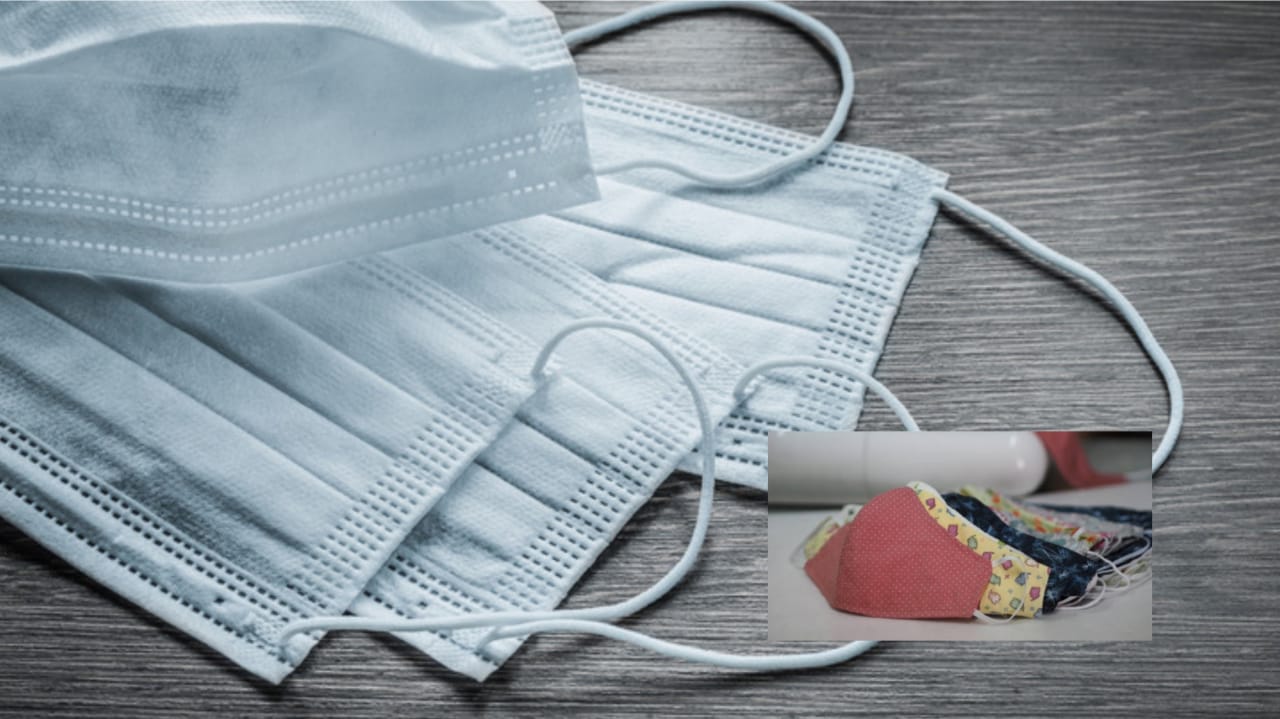The World Health Organization reiterated its call for the public to avoid using medical masks citing that there’s no evidence that healthy persons who wear a mask in a wide community setting will prevent respiratory infections, including the coronavirus disease or COVID-19.
WHO, in its latest advice on mask usage, stated that wearing medical masks alone is an insufficient method to protect individuals from the virus and that it should be complemented with other safety procedures such as frequent handwashing and physical distancing.
WHO understands that some countries have recommended or are considering the use of both medical & non-medical masks in the general population to prevent #COVID19.
On 6 April, WHO issued guidance & criteria for countries to use in making that decision ? https://t.co/F9VU6tjVfj
— World Health Organization (WHO) (@WHO) April 7, 2020
RELATED STORY: MoHAP recommends wearing of masks following new developments
“The use of medical masks in the community may create a false sense of security, with neglect of other essential measures, such as hand hygiene practices and physical distancing, and may lead to touching the face under the masks and under the eyes, result in unnecessary costs, and take masks away from those in health care who need them most, especially when masks are in short supply,” said the WHO.
On usage of nonmedical (cloth) masks
In the UAE particularly in Dubai, individuals are now required to wear masks and gloves when heading outside their homes and secure a movement permit. However, Dr. Farida Al Hosani, spokesperson of the Ministry of Health and Prevention, stated that even cloth masks can be worn but stressed that these have to be washed by the end of the day and that it should never be shared with others.
READ ON: Cloth masks can be worn as alternatives – MoHAP spokesperson
WHO’s latest advice stated that while there is no evidence to make a recommendation for or against the use of nonmedical cloth masks, it advises of the following pointers for consideration to reinforce safety measures while wearing them.
- Numbers of layers of fabric/tissue;
- Breathability of material used;
- Water repellence/hydrophobic qualities;
- Shape of mask; and
- Fit of mask




